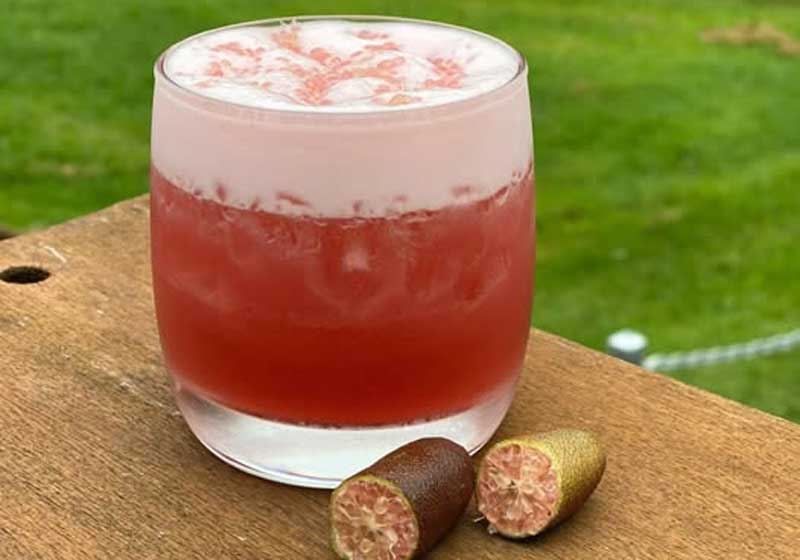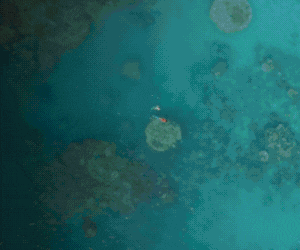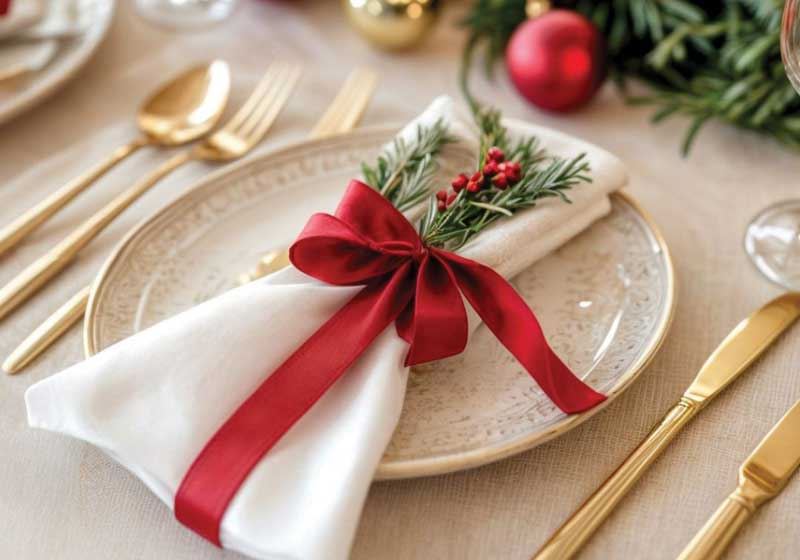By Marie-Antoinette Issa.
To help demystify the process, Antonio Muollo, founder of Sydney’s first sashimi bar, Get Sashimi overlooking iconic Bondi Beach, has ‘ofishially’ separated fact from fiction to help us create the ultimate guide to raw seafood.

According to Antoni, sushi, sashimi, crudo, ceviche, tartare, carpaccio and poké are some of the most popular ways to enjoy the uncooked treasures of the sea. However, they’re not actually all the same.
"Sushi is a Japanese dish that typically consists of vinegared rice combined with various ingredients like seafood, vegetables and occasionally tropical fruits,” Antonio says. It is often wrapped in seaweed (nori) to make rolls (maki) or as nigiri (fish on top of rice).
Sashimi, on the other hand, is a Japanese dish that consists solely of thin slices of raw fish or seafood, often presented in an aesthetically pleasing manner. It is typically served with soy sauce, wasabi, and pickled ginger.
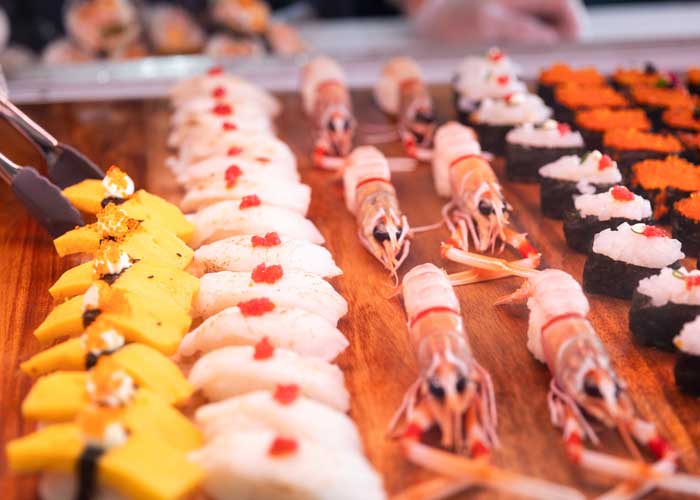
"Sushi grade is a term used to describe fish that is suitable for raw consumption,” says Antonio. "It generally indicates the fish has been frozen to specific temperatures for a certain period to kill parasites. The best way to ensure the safety of your fish is to buy from reputable suppliers who follow rigorous handling and freezing standards.”
Crudo is an Italian dish similar to sashimi: "It features thinly sliced raw fish or seafood, which is typically dressed with olive oil, citrus and seasonings. It may also include additional ingredients like herbs, vegetables, or fruits.”
Similarly, carpaccio is an Italian dish with thinly sliced or pounded raw meat, typically beef but it can also refer to seafood. It is usually served with a drizzle of olive oil and lemon juice and garnished with ingredients like Parmesan, rocket and capers.
Ceviche is a dish from Latin America, particularly popular in coastal regions. It involves raw seafood (such as fish or shrimp) that is marinated in citrus juices (often lime or lemon) along with other flavourings like onions, cilantro and chilli peppers.
"The acid in the citrus ‘cooks’ the seafood, giving it a slightly opaque appearance,” says Antonio.
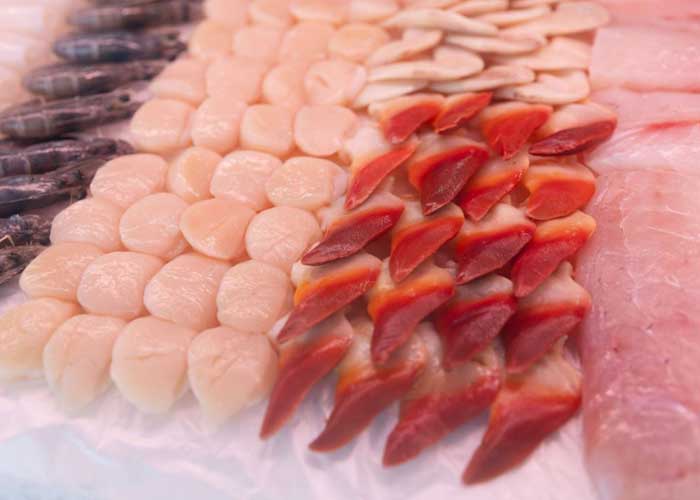
Tartare refers to a French-inspired dish, often made with raw meat (such as beef, tuna, or salmon), that is finely chopped or minced and then seasoned with various herbs, condiments and spices. It's typically served with accompaniments like capers, onions and raw egg yolk.
Finally, poké is a Hawaiian dish that involves chunks of raw fish (often ahi tuna or salmon) marinated in a mixture of soy sauce, sesame oil and various seasonings. It is typically served over a bed of rice and can be customised with toppings like avocado, seaweed, and vegetables.”
How to eat raw seafood safely:
There should be no fishy business or cutting corners for those seeking to consume their raw seafood of choice safely.
The first thing you should be on the lookout for is to find a reputable and trusted fishmonger who can steer you in the right direction. In terms of your fish look for something that is vibrant in colour and does not have a fishy smell, you want raw fish that gives off a fresh ocean scent.
Storage is also important and raw fish should be kept cold (0-4 C) and consumed promptly to prevent spoilage. Finally, cleanliness is key, which is why it is imperative to maintain impeccable hygiene when handling raw fish and utensils to avoid cross-contamination.
What type is seafood is best served raw?
Certain seafood regularly has fans falling for it ‘hook, line and sinker.’ The big three species that are traditionally served raw are salmon, tuna and kingfish, which all have great qualities of flavour and texture.
Tuna is a favourite for its firm texture and rich flavour - varieties like ahi and hamchi (yellowtail) are often used in sashimi and poké - while salmon's buttery, delicate flavour makes it a staple in dishes like sashimi, sushi and ceviche. Kingfish’s mild taste and tender texture make it a prime candidate for sashimi.
Keeping it reel with raw fish at home:
When it comes to prep, it’s important to use a sharp non-serrated knife and aim to make thin even cuts if you’re preparing sashimi or carpaccio.
Keep all utensils and cutting boards clean to prevent cross-contamination and serve raw fish immediately, or keep it chilled until ready to consume for a culinary adventure that's well and truly off the hook.


